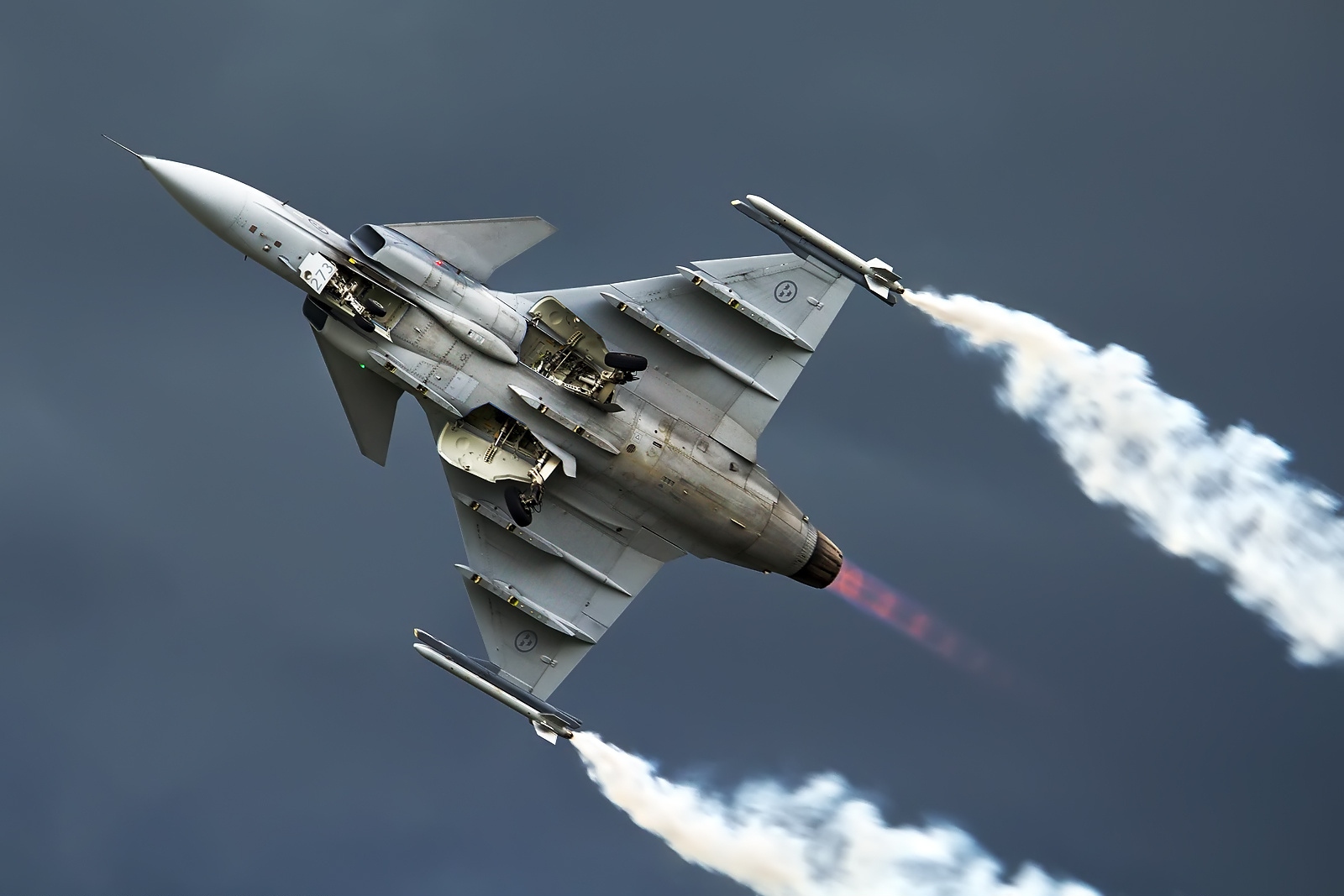


Europe is now on the threshold of deploying combat aircraft without a human hand on the controls, and a little-known start-up from Munich may have just leapfrogged the continent into a new military era.
Helsing, a defence technology firm founded barely five years ago, has successfully completed test flights integrating its proprietary Centaur artificial intelligence with Saab’s Gripen E multirole fighter aircraft. The flights, conducted over southern Sweden earlier this month, demonstrated not only the viability of AI-assisted combat systems, but the growing confidence of European industry in pushing beyond traditional aviation doctrine.
The breakthrough, confirmed by Saab and defence officials in Stockholm, is being heralded as the most significant leap in European aerial warfare since the advent of fly-by-wire systems in the 1980s.
In practical terms, the Centaur AI functions as a virtual co-pilot—interpreting sensor inputs, analysing threats, adjusting flight paths and even recommending strike decisions in real-time. But Helsing’s engineers say it is capable of far more. In time, it could be entrusted to operate the aircraft entirely without human oversight, from take-off to target engagement.
“The Gripen-Centaur integration shows what’s possible when European innovation is allowed to lead,” said Torbjörn Sjöberg, Saab’s vice-president of advanced capabilities. “This is not science fiction. This is operational technology.”cf
Helsing’s co-founder and CEO, Dr. Gundolf Mayer, put it more bluntly: “Piloted jets are nearing the edge of their operational relevance in peer-level warfare. AI is not just enhancing the airframe. It’s redefining what an airframe is.”
The timing of the announcement is no coincidence. Around the globe, leading military powers are pouring resources into uncrewed aerial platforms. The United States has already fielded semi-autonomous ‘Loyal Wingman’ drones alongside piloted F-35s. China, though secretive, is believed to be testing stealth-capable uncrewed strike aircraft in the western provinces.
Europe, by contrast, has lagged behind. Joint European efforts such as the Future Combat Air System (FCAS) and the Tempest programme have been bogged down by bureaucratic friction and national rivalry. What Helsing offers—agility, focus, and civilian software DNA—is an antidote to these institutional slowdowns.
Crucially, Helsing’s Centaur AI is platform-agnostic. While it was tested on Saab’s Gripen, it can theoretically be integrated into Eurofighter Typhoons, Rafales, and even legacy F-16s still operated by NATO members. That versatility has caught the attention of several ministries of defence, not least in Eastern Europe.
“Helsing could give Europe a real edge in the next air war—if we have the courage to adopt it,” one Baltic official told Defence Matters.EU under condition of anonymity.
What sets Helsing apart is its pedigree. Founded by former engineers from DeepMind and Palantir, the company has attracted more than €350 million in private investment to date, including from high-profile venture capital firms in Germany, France, and the UK. Its backers say it combines the ethos of a Silicon Valley start-up with the urgency of a Cold War defence contractor.
Although headquartered in Munich, Helsing operates labs and simulation centres in Stockholm and Helsinki, and its algorithms have been trained on vast real-world datasets from recent European air policing operations.
The Centaur system underwent more than 3,000 hours of virtual testing before it ever saw physical deployment. Its success in the field has already prompted rumours that Germany may look to retrofit the AI into its Tornado and Eurofighter squadrons while awaiting the long-delayed FCAS project.
The arrival of intelligent, decision-making aircraft raises uncomfortable questions—ethical, legal, and operational. Can a machine be entrusted with lethal force? What happens when it must make a life-or-death choice without human input? These are no longer theoretical dilemmas.
Dr. Elisabeth Kranich, a military ethicist at the University of Tübingen, warns that the technology is outpacing doctrine. “We are on the verge of an arms race in machine cognition. But rules of engagement, accountability structures, and international treaties have not caught up.”
NATO has thus far been cautious. A statement from SHAPE (Supreme Headquarters Allied Powers Europe) said the alliance supports “responsible AI integration” but insisted human oversight must remain “meaningful and unbroken.”
Nonetheless, the momentum is hard to ignore. With the Gripen-Centaur tests now publicly confirmed, the floodgates may be open.
For Europe, long reliant on American air dominance and slow to invest in next-generation systems, Helsing’s success offers a rare moment of technological leadership. It shows that with the right mix of talent, funding, and political will, the continent can still set the pace in military innovation.
It also marks a generational shift in the defence-industrial landscape. Legacy contractors may still dominate airframe production, but the brains of the next warplane—its perception, decision-making, and adaptability—may well be designed by coders in converted warehouses.
As Helsing prepares to scale up production of its Centaur suite and formalise integration partnerships across Europe, the message to policymakers is clear: The future fighter doesn’t wear a flight suit.
Main Image: By Oleg V. Belyakov https://commons.wikimedia.org/w/index.php?curid=27377950